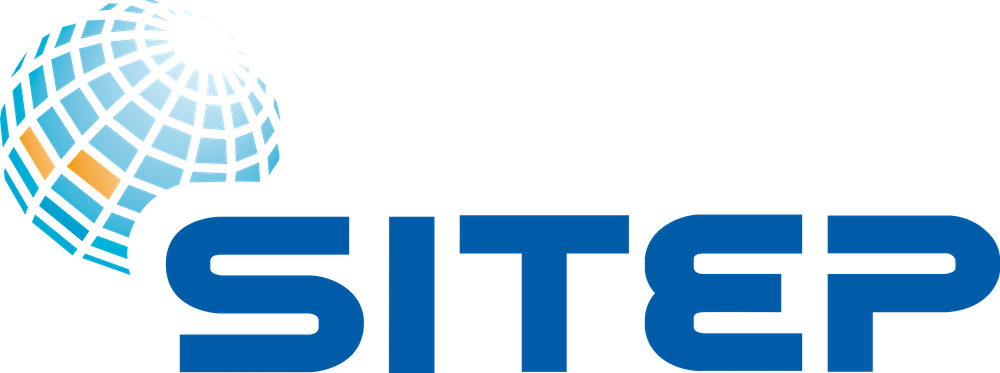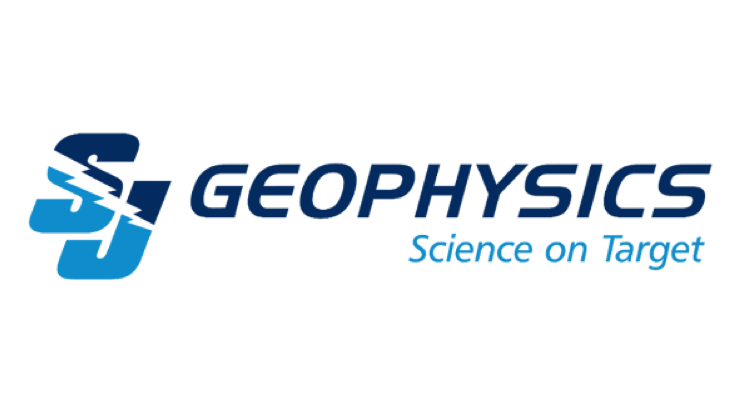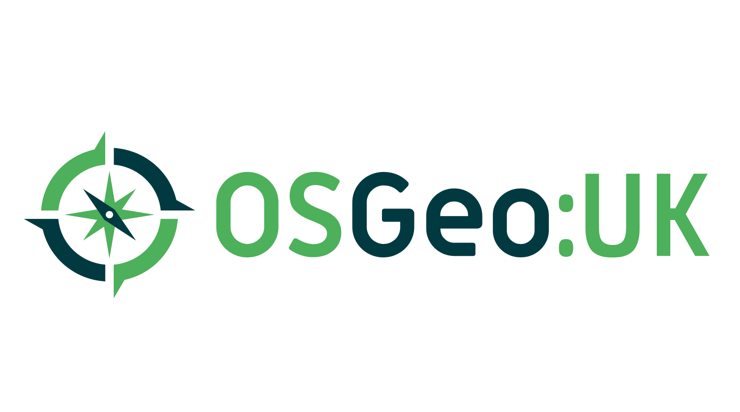Data visualization, or cartography for mapping professionals, one of the key advantages of a GIS system. Software in this category ranges from desktop solutions, through to web services, web mapping, and mobile solutions.
Spatial data analysis and processing is an important benefit to working with a GIS. Software in this category includes everything from desktop solutions and web services and the full range from command line tools to databases and cloud processing.
We would like to help you find an appropriate open source technology
Join GeoForAll mail list and be part of the global open geo education community.
Useful Resources
- Open Web Mapping course developed by Pennsylvania State University, Pennsylvania, USA. This course gives you experience with sharing geographic information on the Internet using free and open source software (FOSS) and open specifications. It is an elective course in Penn State’s online geospatial education programs, including the Master of Geographic Information Systems. The lessons are freely visible online as open courseware; however, if you would like to receive official credit for the course and complete the lessons with instructor and peer feedback, you should register for the course through the Penn State World Campus. Technologies used include QGIS, GDAL, OGR, GeoServer, TileMill, Leaflet, and OpenStreetMap.
- Interactive Web Maps course developed by Open Source Geospatial Laboratory team at ETH Zurich, Switzerland
- Introduction to Cartography with Open Source Software (in Spanish).
- Geospatial Modeling and AnalysisThe course explains digital representation and analysis of geospatial phenomena and provides foundations in methods and algorithms used in GIS analysis.
- UAV/lidar Data Analytics The course covers monitoring, analysis, and modeling of 3D landscape change using Unmanned Aerial Systems (UAS) and lidar data.
- OpenLayers WorkshopThis workshop is designed to give you a comprehensive overview of OpenLayers as a web mapping solution.





